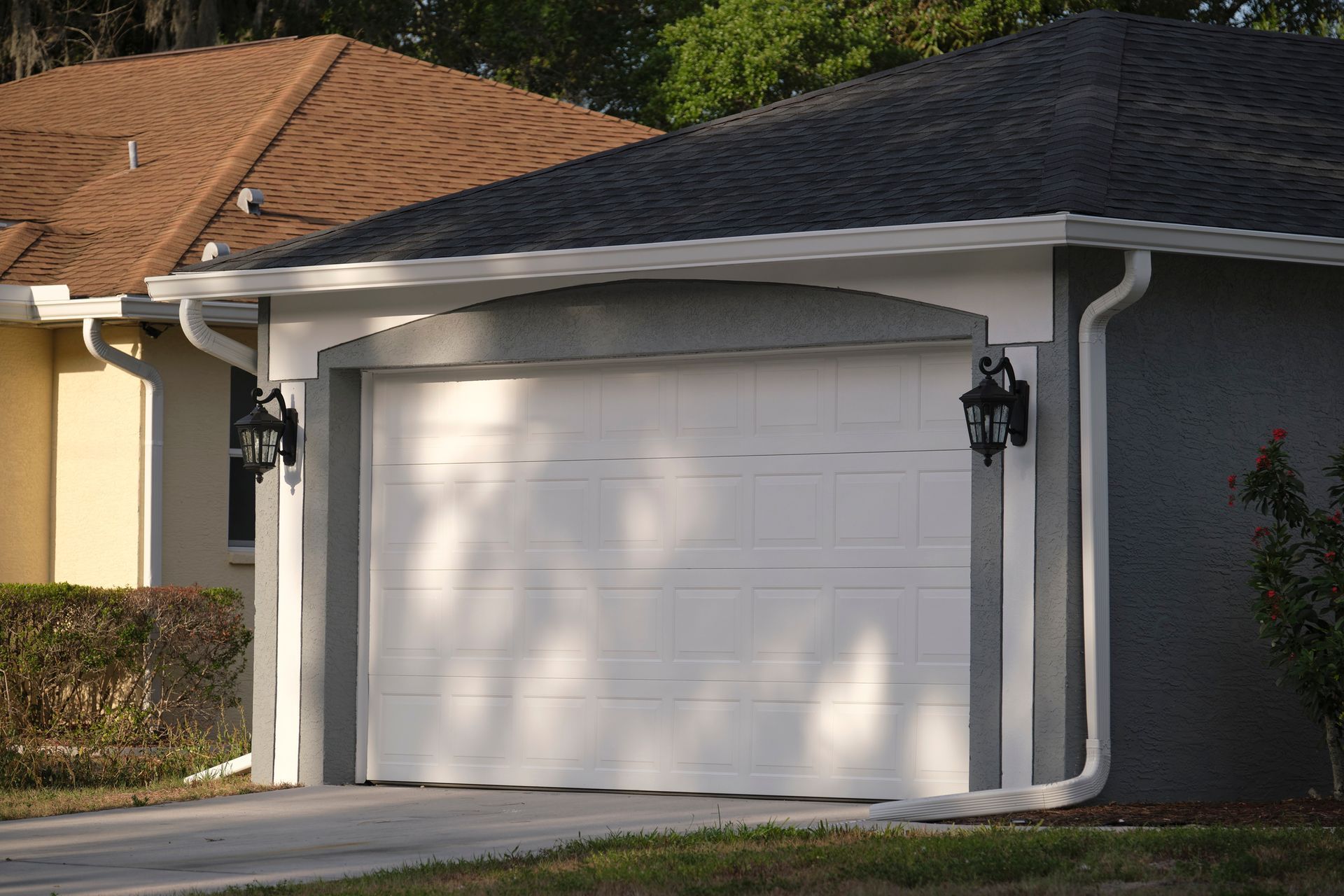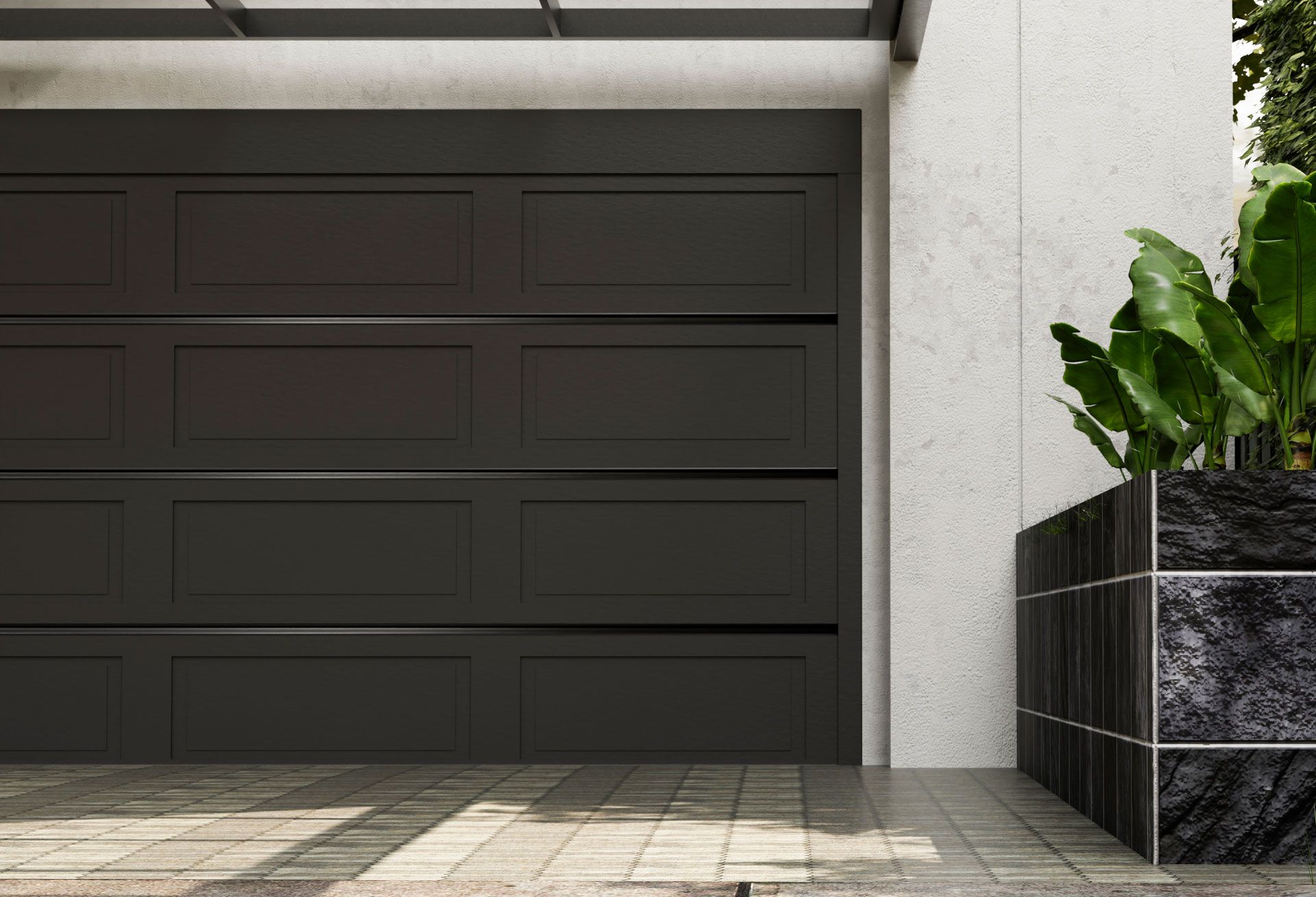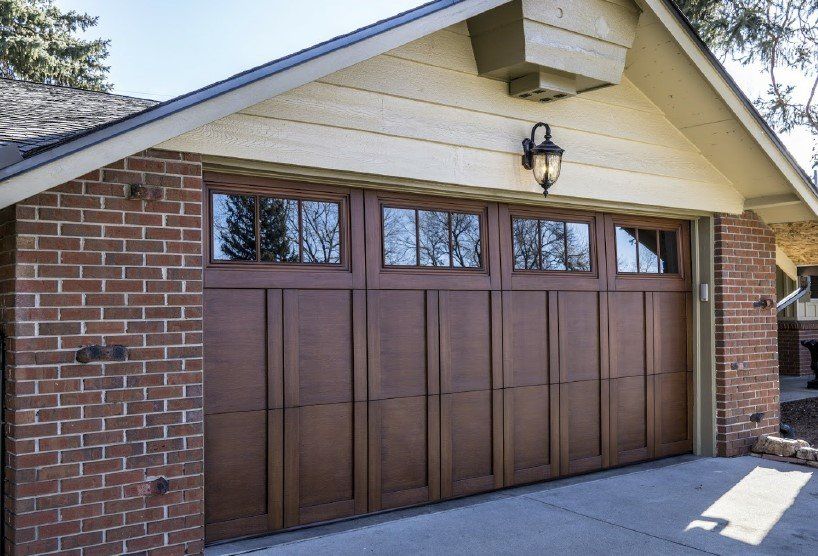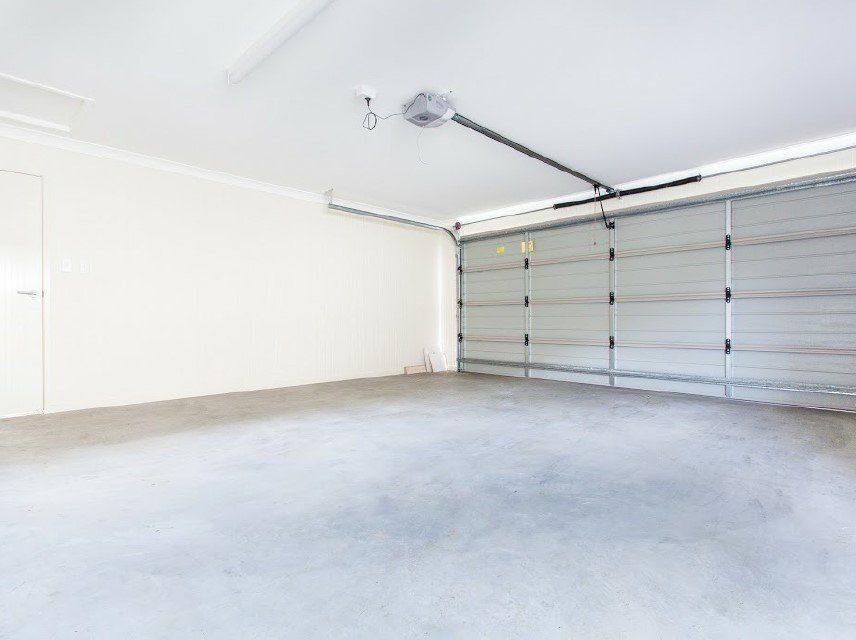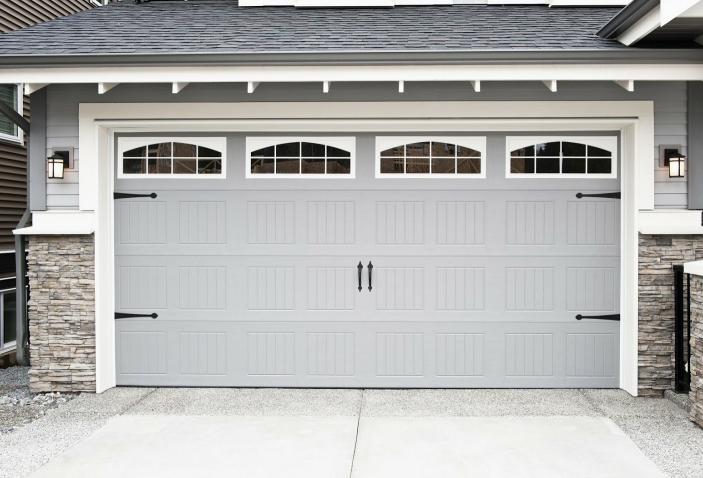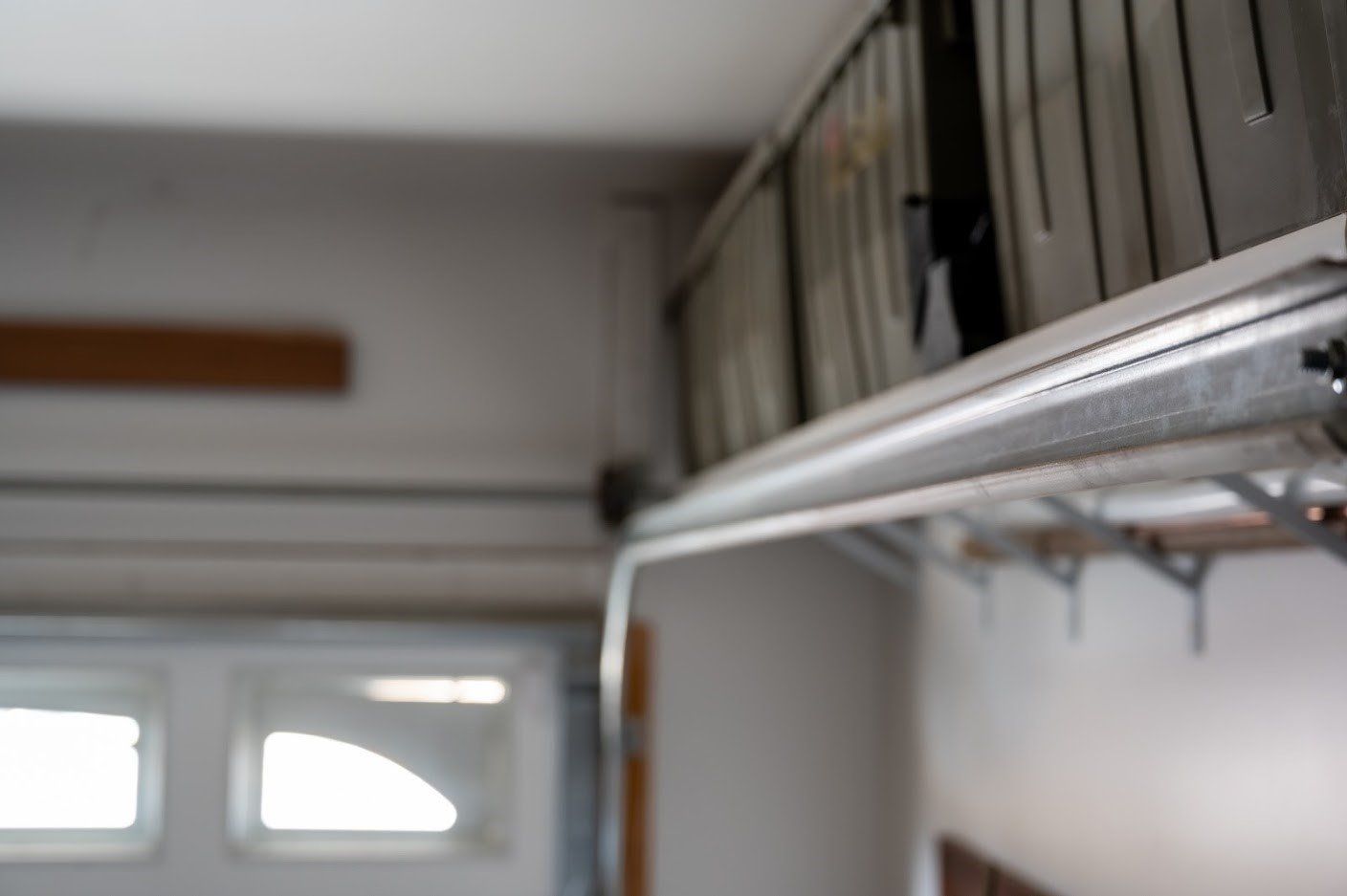The Top Garage Door Terms Homeowners Need to Know
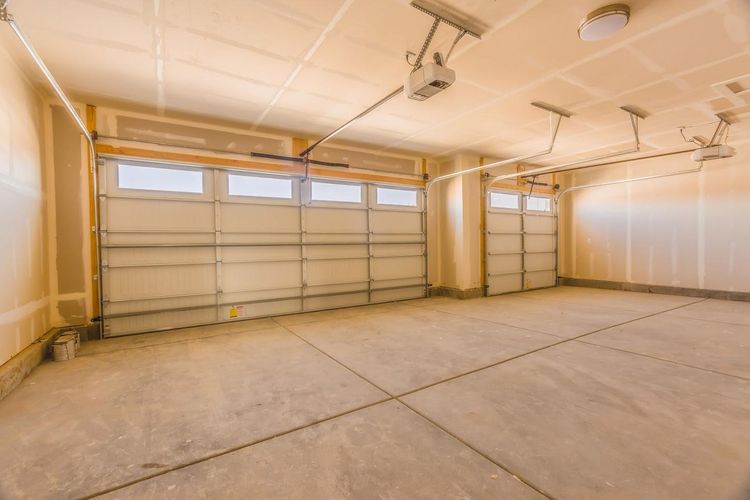
Are you ready to replace your home's garage door? Before you choose a new door or select an estimate, take a look at the garage-related terminology you need to know to make an informed decision.
Garage Door Springs
The springs make it possible to easily open or close the garage door. Residential garage doors either have torsion or extension springs. Both types of springs are inside the garage. You'll find the torsion spring, a heavy-duty metal spring, above the garage door when it’s closed. Extension springs attach to the door on the sides above the upper tracks.
Both types of springs come in pairs. This means whether your garage has a torsion or extension option, it uses two springs to help counterbalance the weight of the door as it opens or closes.
Garage Door Cables
While springs are necessary to offset the weight of the door, they aren't the only parts necessary to open and close your garage. Along with springs, your door also needs cables. The cables help to transfer energy from the springs to the door. This allows you to smoothly and easily open or close the door to your garage. The cables are inside the garage and attach to the springs on the ceiling or on the door's sides.
Garage Door Photo Eye
Even though this may sound like something that takes pictures, the garage's photo eye is a safety mechanism. The photo eye, or photoelectric sensor, is a beam of light. The beam extends from one side of the door to the other near the garage's floor. If anything or anyone breaks the beam, the door stops and automatically reverses.
Garage Door Frame
The garage door frame is exactly what it sounds like — a frame that surrounds the door. Unless your home is a new construction, the garage door likely already has a frame. The garage frame sits on or around the opening similar to an entry door or window frame.
Garage Door Insulation
Without insulation, your garage won't hold in your home's heating and cooling or keep the hot and cold air outside. Like the insulation in your walls, insulation inside a garage door increases overall energy efficiency.
Some garage doors have insulation between layers of steel or another material, while others have none. If your garage door is uninsulated, talk to a contractor about whether you should add insulation or not.
Other terms related to your garage door's insulation include R-value and U-factor. The R-value, or thermal resistance, is a measure of the door's (or other material or product) ability to resist heat transmission. Higher R-values offer a greater degree of insulation ability. The U-factor measures the amount of heat that transmits through the door's material. A lower U-factor offers better insulation.
Discuss the R-value and U-factor of your top pick model before you decide on one door. While these numbers may not seem important, a poorly insulated door can cost you unnecessarily in home heating or cooling bills. Lack of insulation can also leave your garage unusable during some months. If you plan to transform the space into a bonus room, the door's insulation is crucial to interior comfort.
Garage Door Headroom
This garage vocabulary word refers to the amount of space above the top of the door (over its height) and below the ceiling. The contractor will need to measure this, and other areas of the garage, to choose a door that fits correctly. Without a correct headroom measurement, a door could get stuck when opening or closing.
The headroom measurement is only the usable space. Areas of the garage above the door's height and below the ceiling with ductwork, lighting fixtures, or anything else that hangs down aren't part of the garage's headroom.
Do you need a new garage door? Contact Guaranteed Door Service, Inc., for more information.



